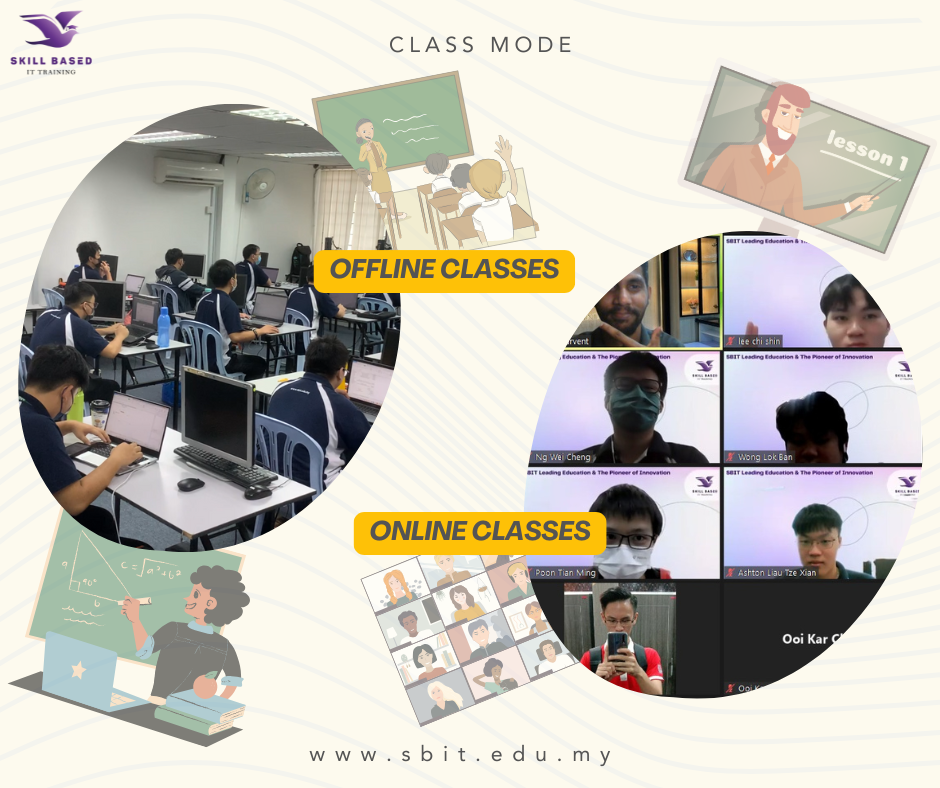With the rapid growth of technology, career opportunities in the IT sector are increasing significantly. For many young people, the decision to choose an IT vocational academy over a traditional university is becoming more popular. This is not only because of the growing demand in the tech industry but also because IT vocational academies generally offer education that is more aligned with the practical skills needed in the job market, allowing students to enter the workforce more quickly. In this article, we will analyze the differences between IT vocational academies and traditional universities and explore why, in today’s educational landscape, an IT vocational academy could be the ideal choice for many students.
Traditional universities tend to focus on academic research, and their curriculum spans a wide range of subjects, providing students with a broad knowledge base. However, for those looking to enter the workforce, IT vocational academies offer a more focused approach. At an institution like SBIT, students not only learn technical skills but also gain valuable industry experience through simulated interviews and partnerships with companies.
IT vocational academies, in comparison, typically concentrate on teaching specific skills that are in high demand in the job market. They offer a shorter course duration and more affordable tuition fees, allowing students to acquire the essential skills they need for their careers in a relatively short amount of time. Traditional universities, on the other hand, tend to have longer study periods and cover more theoretical content, which may not be as directly relevant to the workforce.

Traditional universities generally require longer study periods, and their curriculum often covers a broader range of subjects, which means students may take more time to adapt to the demands of the job market. In contrast, IT vocational academies offer shorter, more focused programs that are designed to provide practical, industry-specific skills that allow students to enter the workforce more quickly.
At SBIT, for example, the curriculum is centered around hands-on training and real-world industry experiences. Students are not just learning technical concepts but also gaining valuable job experience, making them better prepared for their careers when they graduate. This practical approach shortens the time it takes for students to transition from learning to employment, enhancing their competitiveness in the job market.
The IT industry is evolving at an incredible pace, with new technologies constantly emerging. Traditional universities often struggle to update their curriculum quickly enough to keep pace with these changes. On the other hand, IT vocational academies can adapt more quickly and offer up-to-date training that aligns with the latest industry needs.
For instance, SBIT regularly updates its courses to ensure that students learn the most current and in-demand technologies. The academy’s curriculum is closely aligned with the industry’s fast-changing landscape, so students are always learning the latest skills that will make them employable in the job market.
Moreover, IT vocational academies often have strong ties to the industry, and many offer internship opportunities for students. This allows students to gain real-world experience while still in school, a crucial factor that increases their employability.

Traditional universities typically require students to attend full-time, and their schedules are more rigid. In contrast, IT vocational academies often provide more flexible learning options, including evening classes, weekend courses, and online learning. This flexibility caters to students who may have other responsibilities, such as part-time jobs or family obligations.
The IT industry offers a vast range of career opportunities, from software development to network management, from data analysis to artificial intelligence. At an IT vocational academy like SBIT, students can tailor their learning to match their career interests, ensuring that they acquire the skills necessary for the specific job roles they are interested in.
SBIT, for example, provides career counseling and interview preparation, helping students develop the skills needed to succeed in the competitive job market. The academy’s personalized approach to career development ensures that students are not only equipped with technical skills but also with the confidence and knowledge to secure a job in the industry.

As the digital transformation accelerates, the demand for IT professionals continues to rise. Compared to other industries, IT careers often offer higher salaries and more career advancement opportunities. Graduates of IT vocational academies can typically enter the job market faster and earn competitive salaries due to their specialized skill sets.
At SBIT, students benefit from the academy’s strong connections with the industry, which often leads to internship opportunities and job offers even before graduation. This early exposure to the workforce gives students a head start, allowing them to build professional networks and gain relevant experience that boosts their career prospects.
In conclusion, choosing an IT vocational academy over a traditional university largely depends on an individual’s career goals and needs. For those looking to acquire specific technical skills and enter the workforce quickly, an IT vocational academy is a great option. The rapid growth of the IT industry, the increasing demand for skilled professionals, and the practical approach of IT vocational academies make them an attractive choice for many students.
Institutions like SBIT offer a learning environment that is highly aligned with industry needs. Through hands-on training, industry partnerships, and career development services, IT vocational academies provide students with the tools they need to succeed in the competitive IT job market. Whether you are a recent high school graduate or someone looking to switch careers, an IT vocational academy can offer a fast track to a rewarding career in the tech industry.

 Malaysia
Malaysia